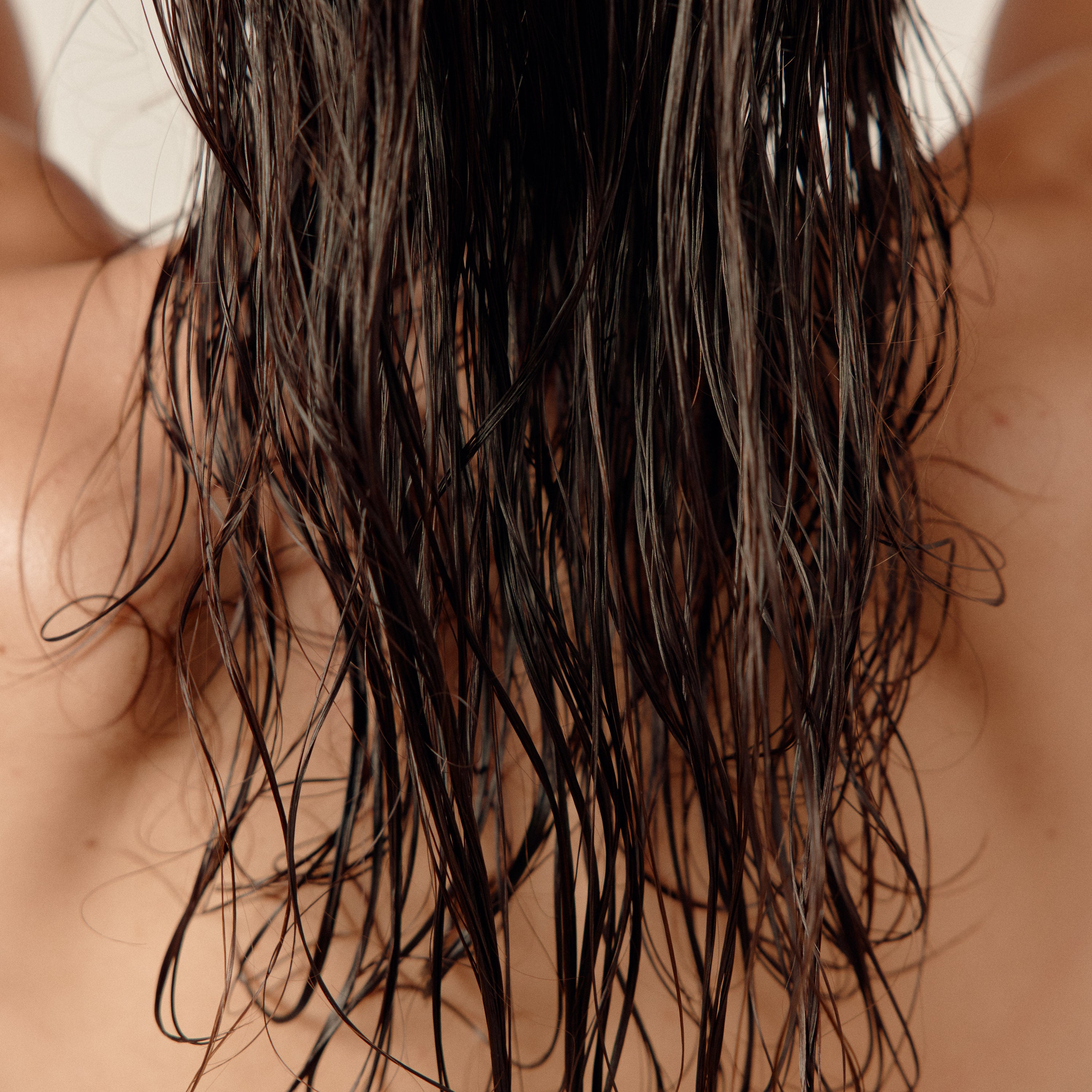
Female hair loss
Hair loss related
to Lifestyle
Our lifestyle has a direct impact on the health of our hair.
When bad habits become established over time, they create internal imbalances that weaken hair follicles.
[ 1 ]
Understanding the mechanisms
Many factors (our environment, our diet, our stress levels and our daily habits) directly influence the quality, density and longevity of hair.
These influences can be internal (linked to the functioning of the organism) or external (linked to the environment).
These repeated attacks lead to excessive production of free radicals , unstable molecules that disrupt cellular balance. When they become too numerous, the body enters a state of oxidative stress , altering the normal functioning of cells, including those of hair follicles.
This phenomenon accelerates the aging of hair follicles, disrupts their proper functioning and weakens their ability to produce healthy hair and leads to hair loss.
[ 2 ]
The numbers
faster: it's the scalp's aging rate compared to the face's
higher, the risk for young women wearing ponytail hairstyles of developing a more severe stage of androgenic alopecia than those without hairstyles
Sources:
Anti-aging in your hair, L'Oréal Professionnel Academy (Bazaar), 2020
Yi, Y. (2020). Effect of behavioral factors on severity of female pattern hair loss. Journal of Cosmetic Dermatology, 19(5), 1137–1142. https://doi.org/10.1111/jocd.13429
[ 3 ]
Recognize the signs
EXTERNAL AGGRESSIONS
Type of hair loss and characteristics: dull, brittle hair, often irritated or sensitive scalp, diffuse hair loss.
Causes: toxic molecules from our lifestyle (pollution, chemicals, UV rays, smoke) cause oxidative stress by directly attacking the scalp. These free radicals damage hair follicle cells, accelerate their aging, and disrupt their ability to produce healthy hair.
Triggers: urban living, prolonged sun exposure, excessive use of harsh hair products, repeated tight hairstyles, smoking.
INTERNAL AGGRESSIONS
Type of hair loss and characteristics: diffuse hair loss, finer hair, progressive loss of density, sometimes dry or inflamed scalp.
Causes: internal imbalances generate free radicals that cause oxidative stress. This stress damages the cells of the scalp and hair follicles, slowing their regeneration and weakening the quality of the hair produced.
Common Triggers: persistent fatigue, nutritional deficiencies, emotional stress, hormonal disorders (menopause, contraception), lack of sleep, dehydration.
[ 4 ]
TAKE BACK CONTROL
Hair loss related to an unbalanced lifestyle is often temporary. Hair follicles remain intact and can regrow as soon as the source of oxidative stress is eliminated. However, if these imbalances persist, they can weaken the scalp, disrupt hormonal balance, slow regrowth, and promote the onset of more permanent hair loss, such as androgenic alopecia.
KEY ELEMENTS FOR OPTIMAL INTERNAL HEALTH
- Eat a diet rich in antioxidants
- Hydrate yourself sufficiently
- Reduce your consumption of fast sugars and ultra-processed foods
- Choose suitable food supplements
- Manage your stress (meditation, sleep)
KEY ELEMENTS FOR OPTIMAL EXTERNAL PROTECTION
- Protect your scalp from UV rays (cap, hat, spray)
- Limit exposure to pollutants
- Avoid tight hairstyles
- Reduce the use of heating appliances
Taking these key elements into account will allow you to adopt a more balanced lifestyle and achieve a healthier scalp. Stimulating blood circulation is also essential for boosting hair growth and revitalizing the scalp.
The HACT routine is a suitable solution to effectively support you in this process.
YOUR TAILORED ROUTINE
[ 5 ]
A WORD FROM THE FOUNDERS

Marie & Julie
Founders of HACT
In summary
Link between lifestyle and hair loss
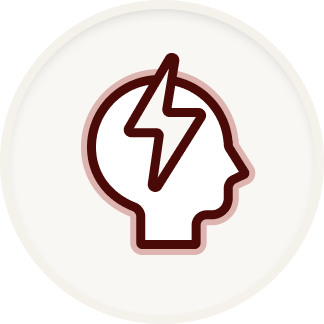
Internal lifestyle aggressions
Fatigue, unbalanced diet, overwork, lack of sleep, professional pressure, prolonged emotional stress
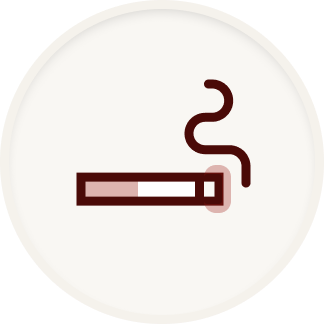
External aggressions linked to lifestyle
Pollution, UV rays, tobacco, lack of physical activity
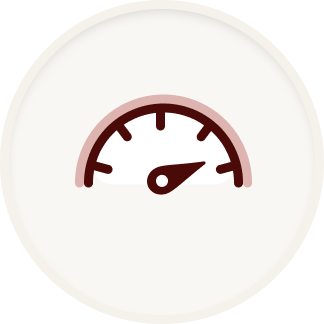
Increased oxidative stress
The body produces more cortisol (the stress hormone), which promotes the production of free radicals, disrupts hormonal balance, and increases systemic inflammation.
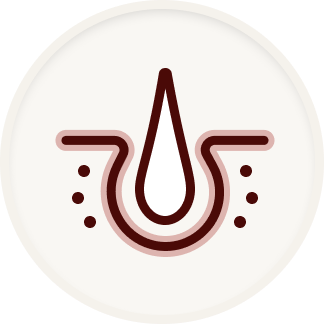
Weakening of follicles
Hair follicles become more sensitive to oxidative stress, which impacts their life cycle and the quality of hair produced.
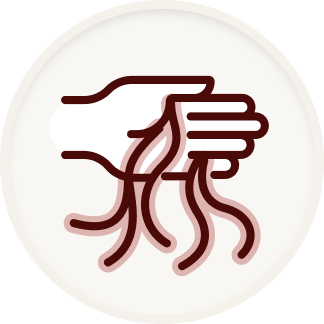
Hair loss
Stress-related telogen effluvium: Hair enters the resting phase prematurely, causing diffuse hair loss 2 to 3 months after the onset of chronic stress
















